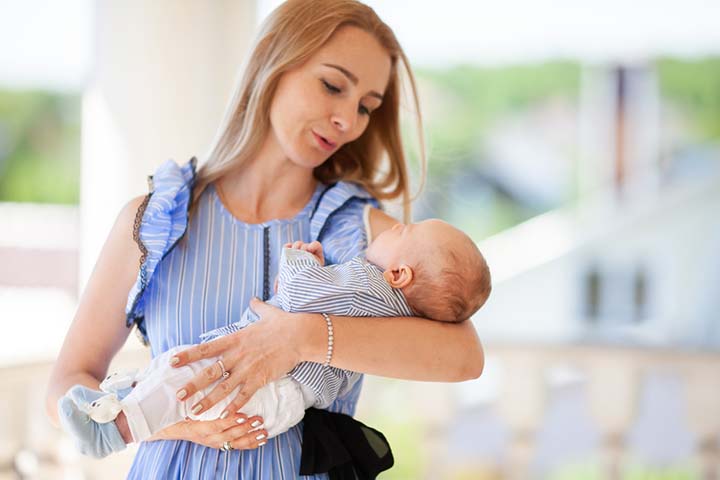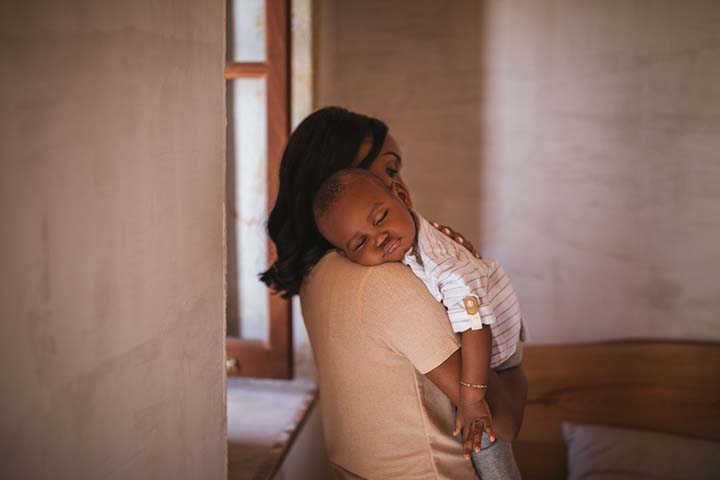
Every parent knows the struggle of getting their newborn to sleep. If you’ve got a little one at home, then chances are that you probably haven’t taken a shower and don’t know what day it is, and that’s okay. Catering to the needs of a newborn will do that to you. But there is a limit to everything. Even adoring parents need to rest for a couple of hours in order to be able to function well the next day. But, can this really be possible when your baby wakes up for feeds, diaper changes or simply because they miss your cuddles? How do you put your baby to sleep quickly when they wake up at unreasonable hours in the night without completely disrupting your own sleep cycle? Well if you want this question answered then this is the article for you. We’ve all heard the horror stories of parents staying up for hours together just to put the baby to sleep, but with this 5 minute walk, we assure you that you will never share their fate. So, keep on reading!
How Does Science Recommend Getting Your Baby To Sleep?
A study published in Current Biology has concocted its own method of getting crying babies to fall asleep quickly (1). It observed how crying babies could be impacted by being held, rocked, and laid down. The research team came up with a variety of physical motions they call “transport responses” which claim to lower their heartbeat in order to calm them down so that they can doze off to sleep quickly. This process can also help you move them from one spot to another as they sleep, easier! These physical motions varied from carrying the babies, pushing them around in strollers, or simply holding them while seated. Then they recorded the data to look at patterns.
What Did They Find?
It was observed that carrying a crying baby and walking around for 5 minutes can help put them to sleep. All of the babies involved showed lowered heart rates and ceased weeping after a 5-minute walk and about half of them had fallen asleep before the walk ended. How amazing is that! But interestingly enough, walking did not induce sleep in calm babies. It must also be noted that sitting and carrying the crying babies did not stop them from bawling. In fact, the research shows that their heart rate spiked and the crying persisted. The study also noted distress when their caregiver was distracted or stopped walking, leading to an increased heart rate. However, separation from the caregiver elicited more significant responses. And this is usually why transferring them to a crib isn’t successful. But if the parent sat down and held the baby after soothing them for a slightly extended period, transferring them to the crib may be more successful.
What Are The Steps?
It is recommended to carry the babies and walk for at least 5 minutes. But avoid any abrupt movements during this time. Then sit with the baby for another 5-10 minutes before you can finally lay your sleeping infant into their crib or bassinet. This process showed that the babies did not wake up after the transfer to their cribs and the parents could return to their beds as well. In order to make this process a success there are some other pointers you can keep in mind.
- Make sure to walk in a spacious and flat indoor environment without any obstructive matter on the floor.
- Place a hand on the baby’s head for support and hold them snugly in your arms. A baby sling or carrier can also do the trick but keep in mind that you will have to take your baby out of the contraption before transferring them into a crib or bassinet.
- Ensure your walking pattern is stead, don’t speed up or slow down significantly during the initial 5 minutes.
- Avoid running while holding them. No sudden movements should be made.
- If the crying persists after 5-10 minutes, stop and check the baby’s vitals. They might be uncomfortable because they need a diaper change or because they are hungry. Once you’ve rectified this, you can try the 5 minute walk method again.
Taking care of a baby is never easy. Especially when they are crying at the top of their lungs at 3 am in the morning. But now that you know an easy way to get them to stop and go back to sleep, you won’t have to stay up for hours together!



